Cel Shading: A Comprehensive Expert Guide
Introduction
In digital art, one technique that has gained immense popularity is cel shading. Cel shading is a unique and artistic rendering method. This method has made its mark in various forms of media, including video games, animation, and illustration.
In this article, I will provide a comprehensive overview of cel shading. By the end, you will be familiar with the history of cel shading, cel shading techniques, cel shading applications, and the creative magic it brings to the digital canvas.
Introduction to Cel Shading
Cel shading is a distinctive artistic technique. Artists also refer to this technique as toon shading or comic book shading.
Artists use this technique to create a two-dimensional appearance in a three-dimensional world.
Traditional rendering methods aim for realism. Unlike those methods, cel shading simplifies objects and characters.
Cel shading uses bold outlines and flat colors to emphasize these characteristics. This style is reminiscent of classic cartoons and comic books. In this way, it adds a touch of nostalgia to modern digital creations.
A Brief History of Cel Shading
Cel shading traces its roots back to the early days of animation. In those days, animators hand-painted each frame onto celluloid sheets (cels). Then, the animators placed these cels over a background to create the illusion of motion.
These cels had a limited color palette and strong black outlines. The characteristics of early animations laid the foundation for cel shading as we know it today.
The Principles of Cel Shading
The Cel Shading Process
Cel shading involves several vital principles:
- Divide objects into distinct areas of light and shadow. This division creates a simplified yet impactful look.
- Use thick black lines to outline characters and objects. These outlines give the characters a bold and comic book-like appearance.
- Apply flat, vibrant colors while eliminating gradients and textures. This style helps individual colors pop and separates cel shading from realistic rendering.
Key Characteristics
- Simplified Objects: Cel shading simplifies complex 3D objects into 2D representations.
- Bold Outlines: Thick black lines define the edges of characters and objects.
- Flat Colors: Flat, vibrant hues fill areas that would usually take gradients and textures.
The following sections will explore the tools and techniques used in cel shading. These techniques help to achieve cel shading’s distinctive look in various creative fields.
Tools and Software for Cel Shading
Artists and designers rely on specialized tools and software. These tools enable artists to create stunning cel shaded artworks and animations. Here’s a brief overview of what’s essential:
Popular Software Choices
- Adobe Photoshop: Use the lasso tool with layers to create cel shaded shapes.
- Krita: Hand-paint cel shading art using the painting tools in Krita
- Blender: Make 3D models, then render them using cel shaders to create 3D cel shading art.
Essential Hardware
- Graphics Tablet: Artists use graphics tablets to simulate pen-and-paper interactions with their art software. This makes it easier and faster to produce high-quality work.
- High-Resolution, Good Color Display: Artists use expensive, art-focused displays with great color depth, high contrast ratios, and high resolutions to produce the highest-quality art.
Now that we’ve covered the basics let’s discuss how cel shading differs from the pursuit of realism.
Cel Shading vs. Realism
Aesthetic Differences
Cel shading and realism are opposites in the world of digital art. While realism strives for accuracy and lifelike representations. But, cel shading embraces abstraction and stylization.
Advantages and Disadvantages
Cel shading offers unique advantages, such as faster production times and a distinctive visual appeal. But it may not be suitable for projects requiring high realism levels.
The following sections explore how video games, animations, and illustrations use cel shading. And we’ll explore its impact on these creative fields.
Cel Shading in Video Games
Video games have embraced cel shading. Games use this style to create captivating visual styles and unique gaming experiences. Developers use cel shading to transport players into fantastical worlds and evoke emotions through artistic choices. In game development, there are a few different types of cel shading. These types can include toon shading, cartoon shading, cel shading, and anime shading.
Creating a Unique Gaming Experience
Cel shading can transform a game’s atmosphere. Instead of feeling like a real world, it can feel like a living comic book, anime show, or animated movie.
Notable Examples
Games like "The Legend of Zelda: Tears of The Kingdom," “Jet Set Radio,” and "Borderlands" have left a lasting impression with their cel-shaded aesthetics.
Cel Shading in Animation
In animation, cel shading breathes life into characters and stories. This technique has been a staple in many iconic animated shows, giving them their signature look.
Bringing Cartoons to Life
Animation studios use Cel Shading to maintain the charm of traditional hand-drawn cartoons. But, these studios use modern technology to produce their projects quickly at scale. NetEase’s Chen Zhou has an excellent talk on YouTube in which he covers cel shading in mobile games.
Iconic Animated Shows
Iconic cel shaded anime shows include famous series like Knights of Sidonia and Freedom. Artists celebrate these shows for their effective use of cel shading.
Cel Shading in Illustration
Illustrators use cel shading to create eye-catching artworks that blend simplicity with depth. This technique is well-suited for producing captivating book covers, posters, and digital art pieces.
Captivating Artworks
Cel shading allows illustrators to convey complex emotions and narratives through bold colors and striking outlines.
Prominent Illustrators
Artists like Jamie Hewlett and Mike Mignola have made a name for themselves with their unique cel-shaded illustrations.
In the next section, we’ll dive into practical tips and techniques for mastering cel shading in your creations.
Cel Shading Tips and Techniques
Finding the Right Style
Experiment with different styles of cel shading to discover what suits your artistic vision best. Some artists prefer a more minimalist approach, while others embrace intricate details.
Mastering Light and Shadows
Understanding the interplay of light and shadows is crucial in cel shading. It’s about simplifying complex lighting scenarios into a few well-placed shadows.
Adding Depth and Texture
Cel shading does look flat. As a result, it can be challenging to illustrate a sense of depth and texture in your project. To overcome this challenge, artists can create the illusion of depth and texture. To do this, artists use careful shading and intentional color choices.
Challenges and Common Mistakes
Over-Simplifying Details
One common mistake in cel shading is over-simplifying details. While simplicity is critical, neglecting essential elements can lead to bland visuals.
Achieving Consistency
It is challenging to maintain consistent shading and color palette throughout a project. But you must keep these elements consistent to create a professional look.
As technology advances, so does the potential of cel shading. In the following section, we’ll explore the future possibilities of this artistic technique.
Advancements in Cel Shading
The future of cel shading holds exciting prospects. AI and real-time rendering are unlocking new possibilities with cel shading. Artists can expect even more efficient workflows and stunning visual effects.
The Role of Cel Shading in Pop Culture
Cel shading has left an indelible mark on popular culture, influencing art, animation, and fashion. Its unique aesthetic has become a symbol of creativity and nostalgia.
For example, Moschino’s 2022 Spring Collection exhibits strong cel shading inspirations. The collection featured clothing and accessories that seemed to leap from a digital world.
Exploring Cel Shading Tutorials
For those eager to master the art of cel shading, many tutorials and resources are available online. These guides offer step-by-step instructions and valuable insights from experienced artists. We have produced a comprehensive and detailed toon shader tutorial on writing a program that applies cel shading to 3d models. It is easy to follow and great for beginners.
Showcasing Cel Shading Creations
Online communities and social media platforms allow artists to showcase their cel shading creations. On these platforms, you can connect with like-minded individuals and gain recognition for your work.
Consider joining DeviantArt and ArtStation to see what other artists have made. If you make something yourself, try sharing it with the community.
Frequently Asked Questions about Cel Shading
What is the origin of the term "cel shading"?
The term “cel shading” originates from using celluloid sheets (cels) in traditional animation.
Can I achieve cel shading effects with free software?
Yes. Some free software options, like Gimp and Krita, offer cel shading capabilities.
Is cel shading only suitable for cartoons and games?
No. Cartoons and games do use cel shading. However, you can use cel shading in various art forms. For example, artists use cel shading in anime, illustration, and graphic design.
Are there any drawbacks to using cel shading?
Yes. Cel shading is excellent at creating a punchy, bold look. But cel shading is a poor choice if you want subtle or photorealistic details. Consider an alternative, physically-based rendering style to create a realistic project.
How can I get started with cel shading as a beginner?
Experiment with basic shapes and colors in your preferred digital art software. Then, gradually explore more advanced techniques.
Conclusion
Cel shading is a remarkable technique that bridges the gap between classic cartoons and modern digital art. This technique can simplify complex worlds into striking creations. As a result, it has captured the hearts of artists, animators, and gamers alike. We can only imagine the new heights cel shading will reach in the creative landscape.

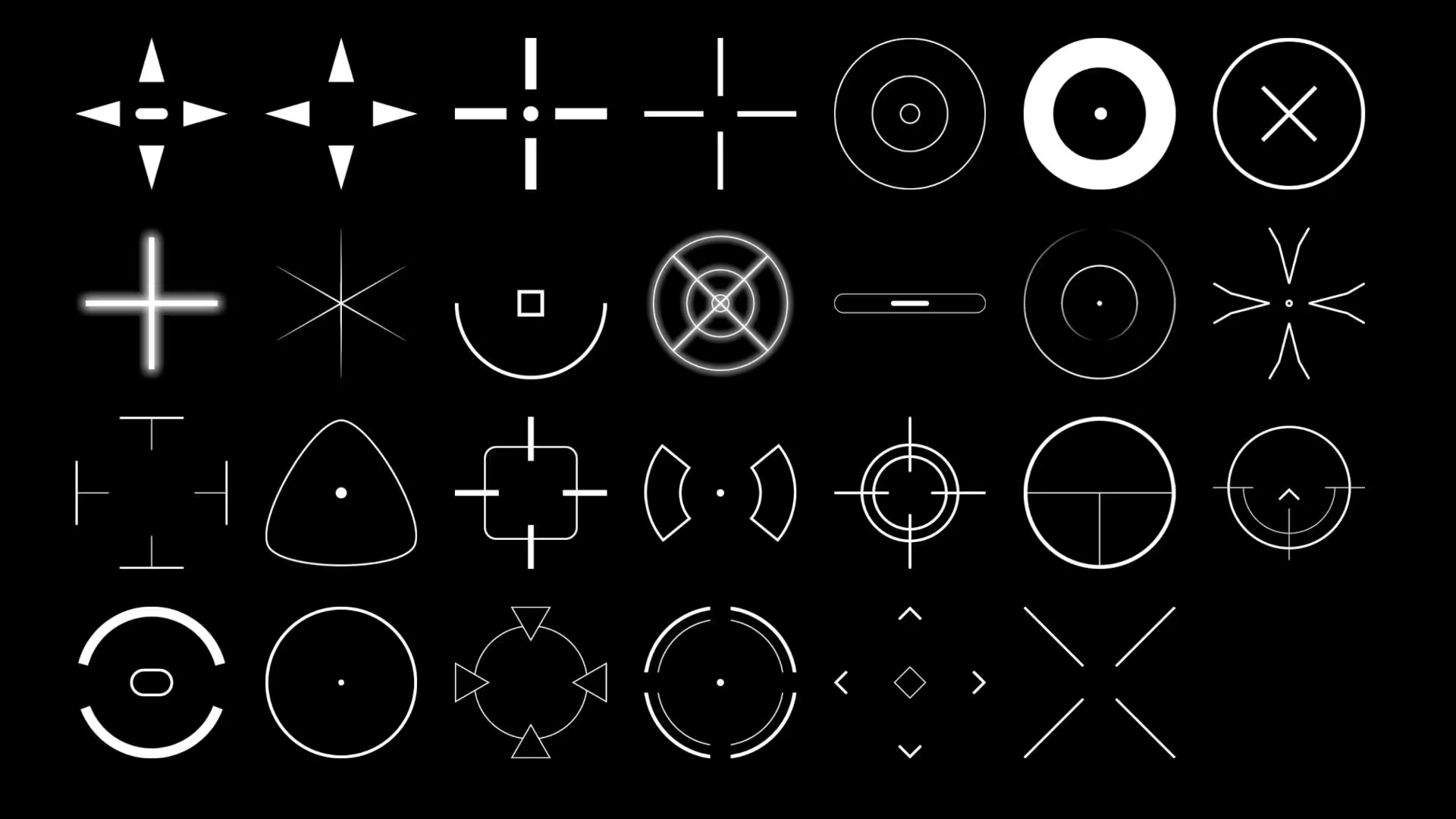
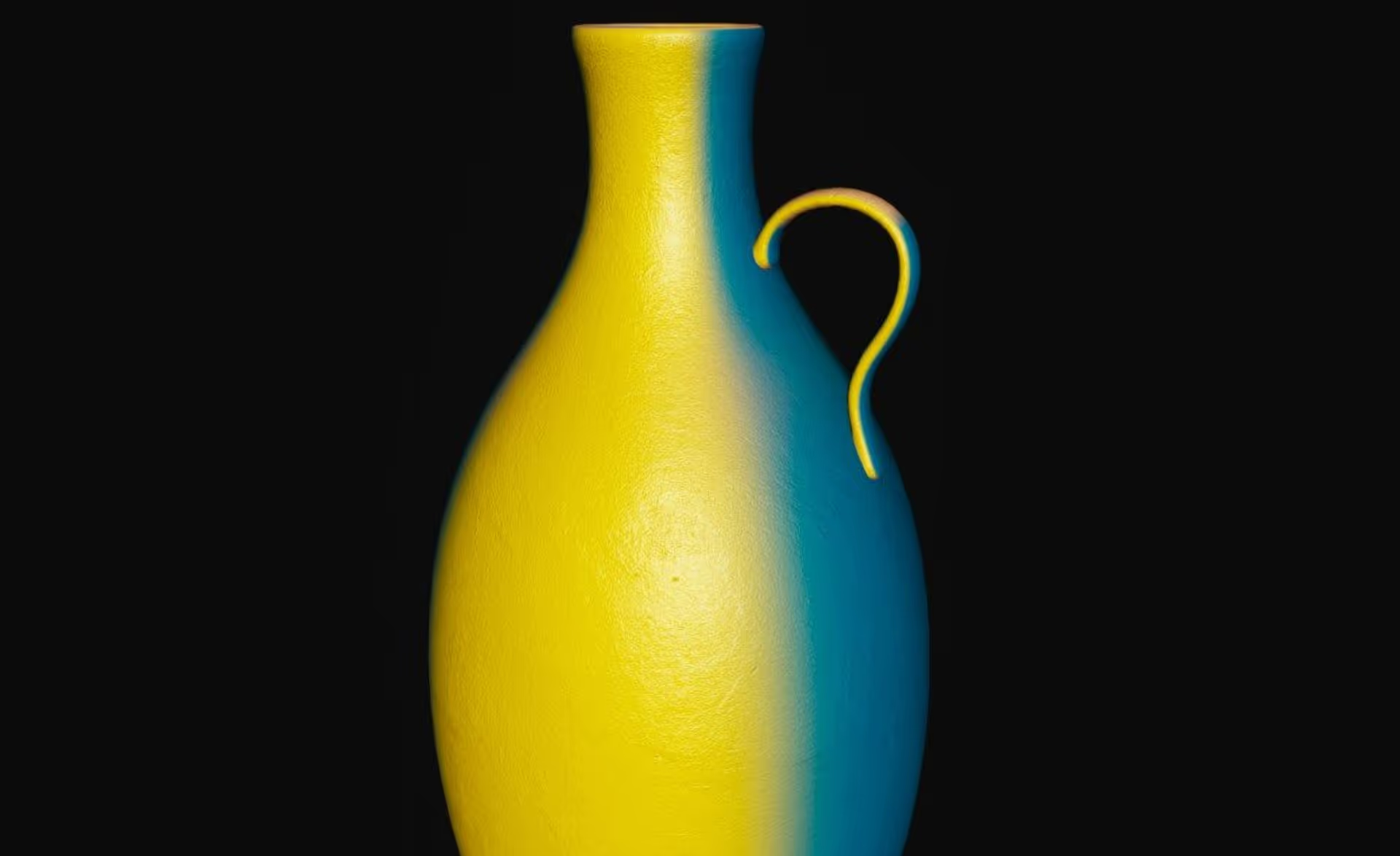


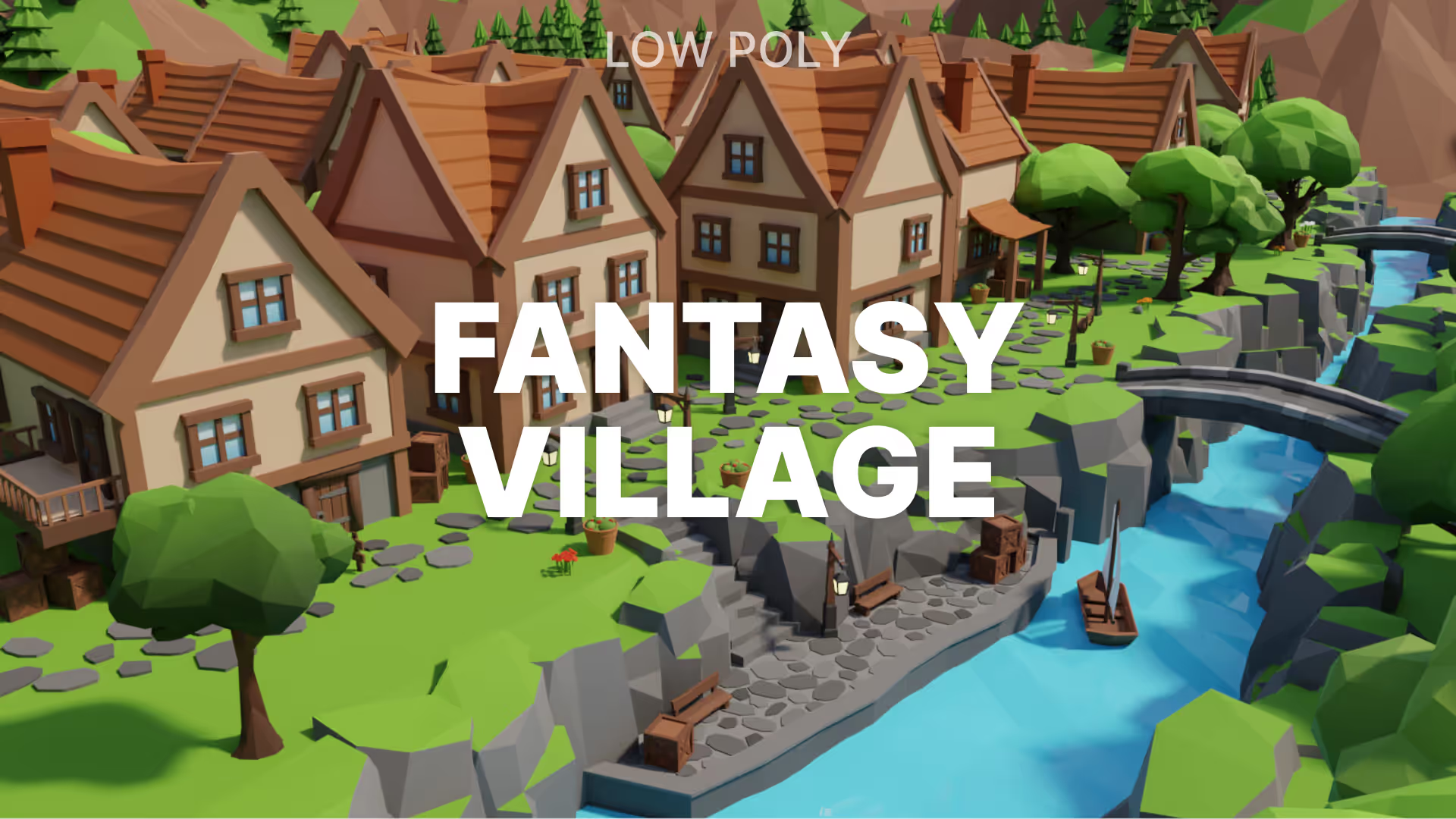
.avif)
.avif)
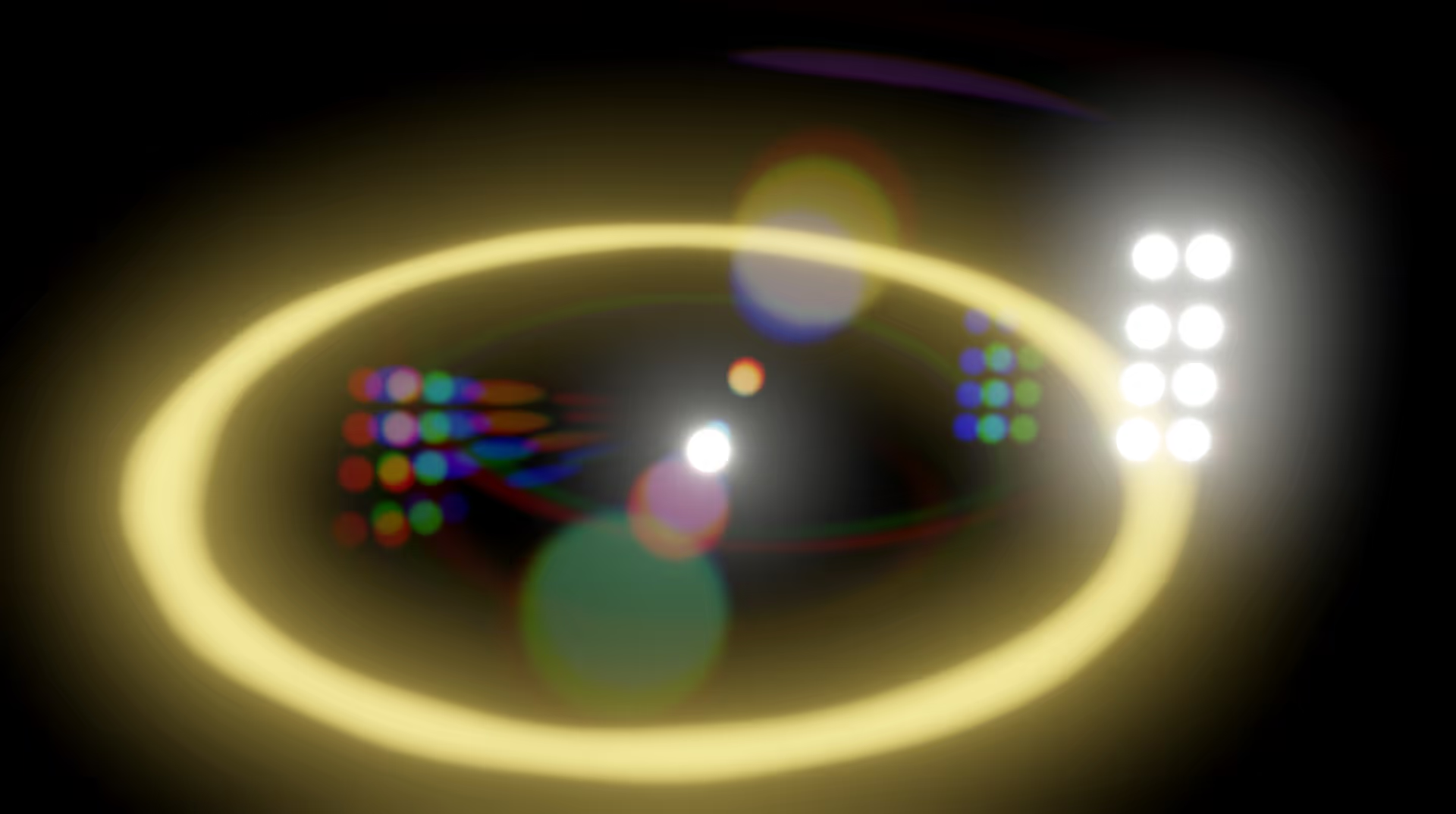


.avif)
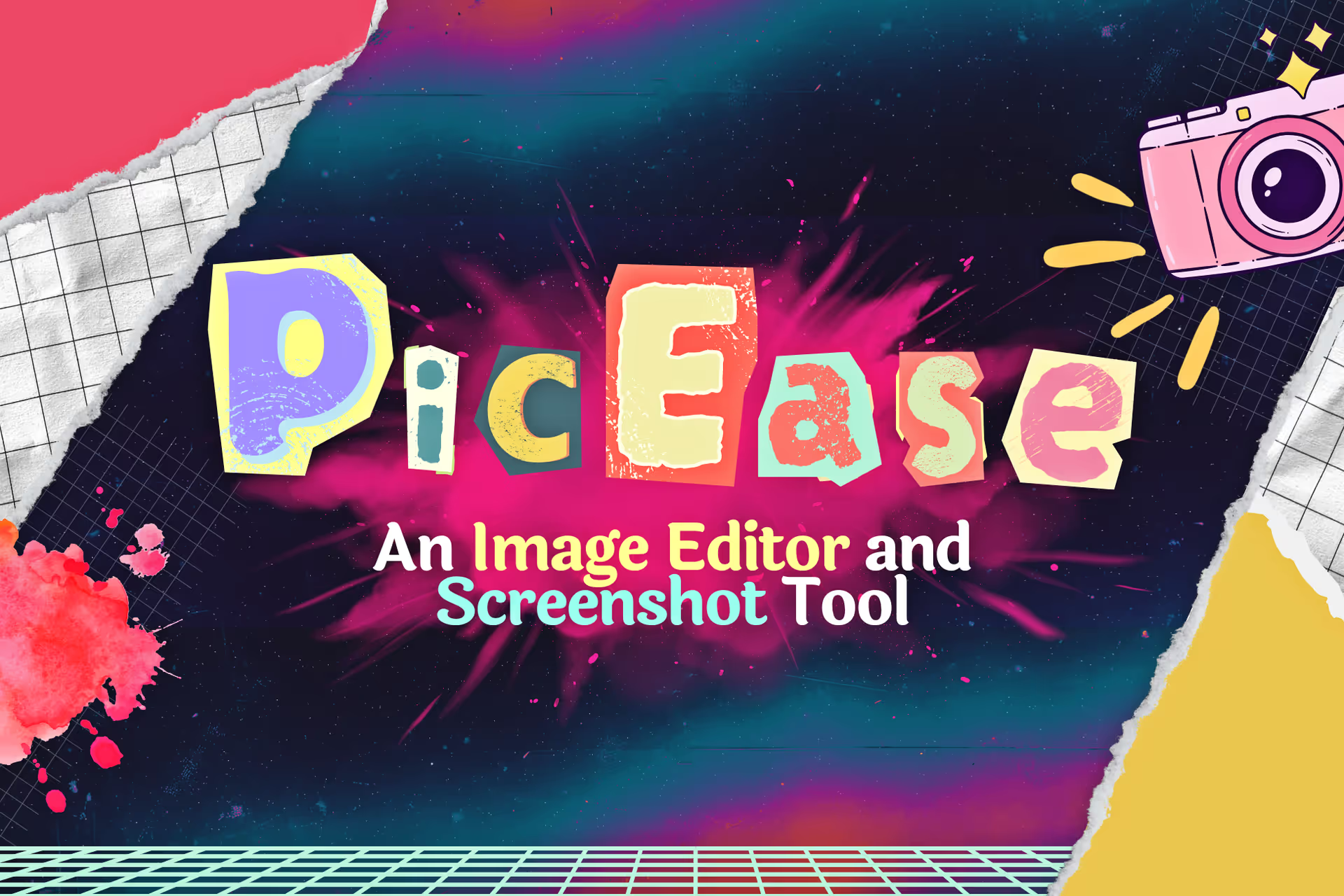




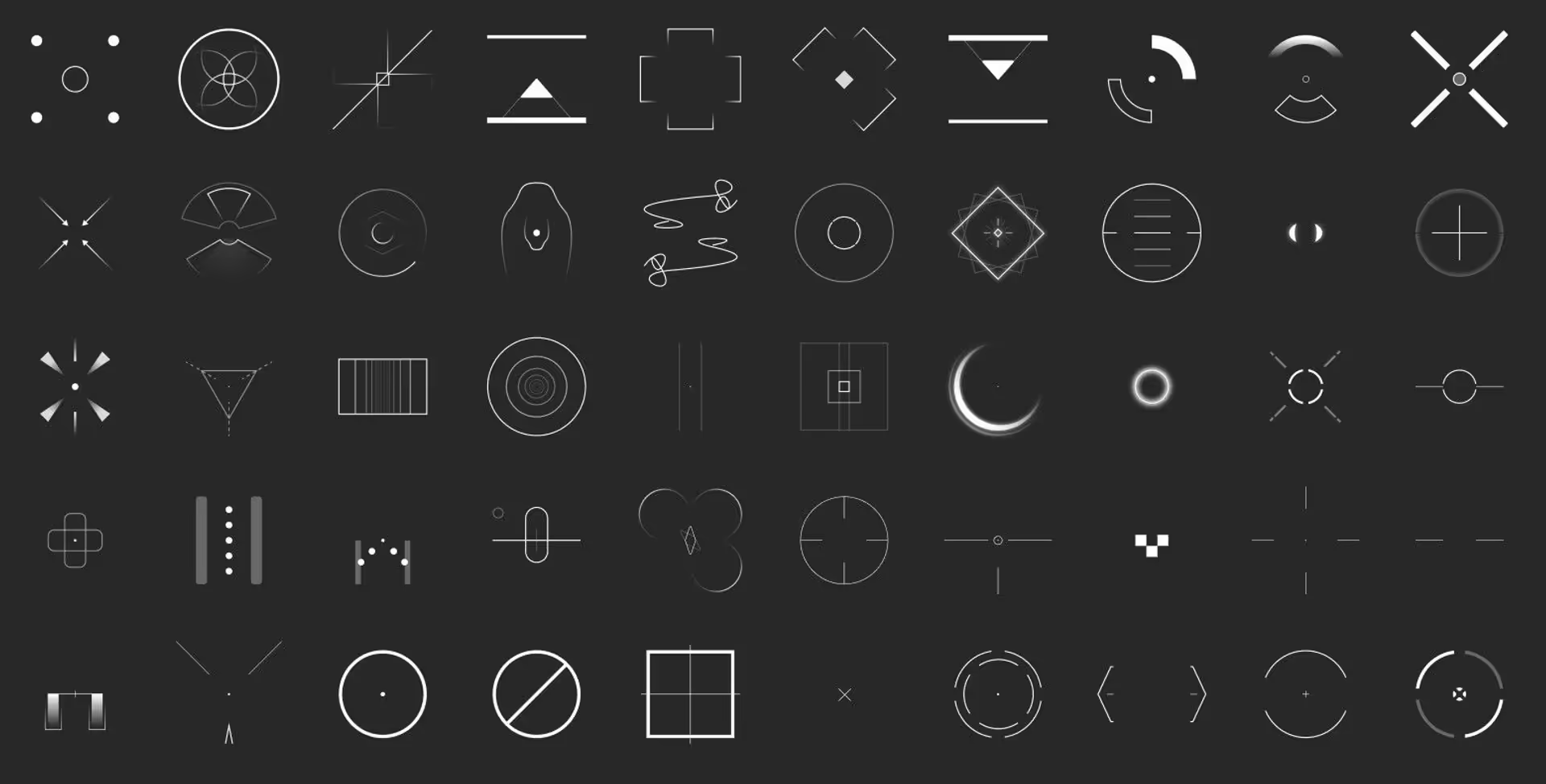
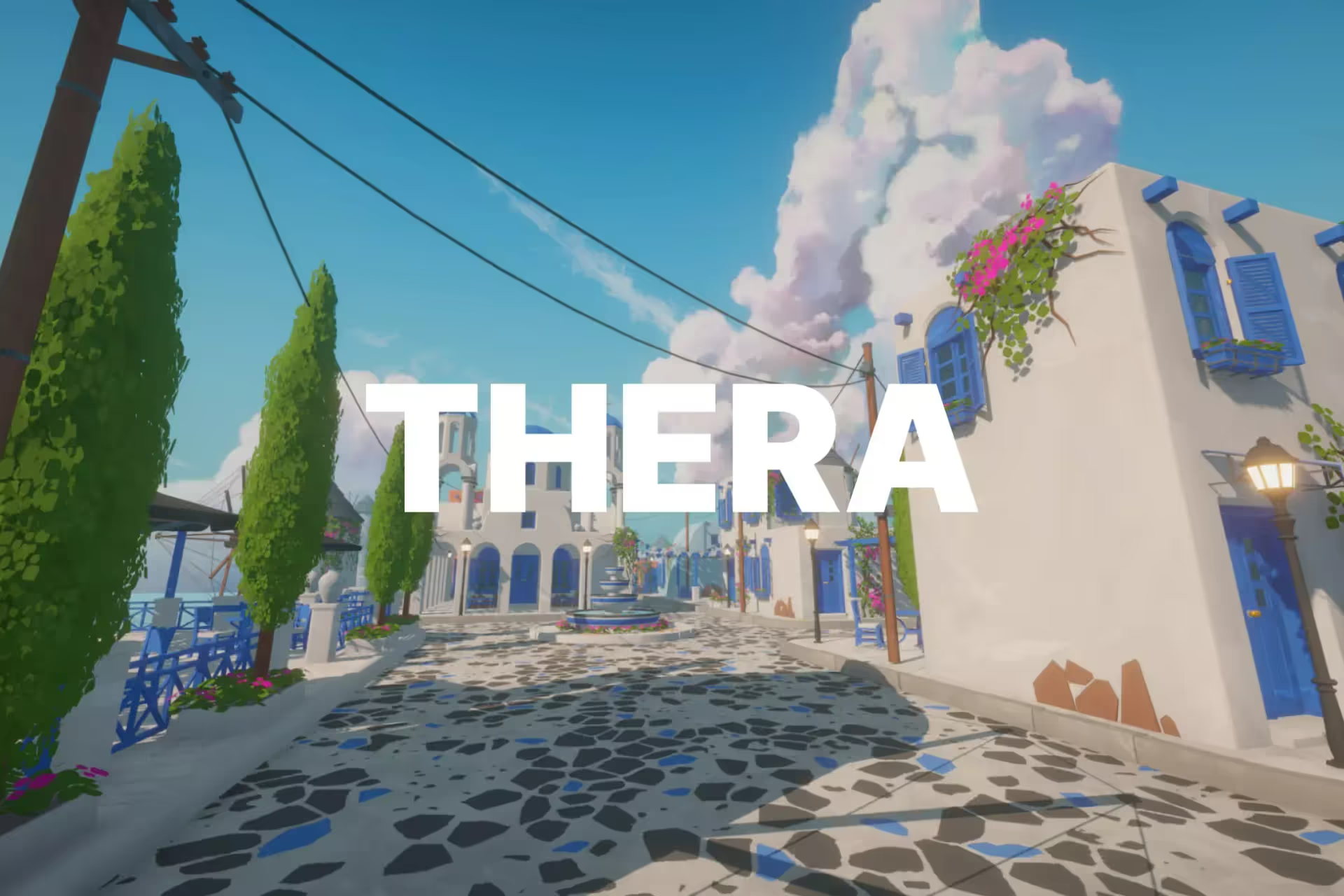
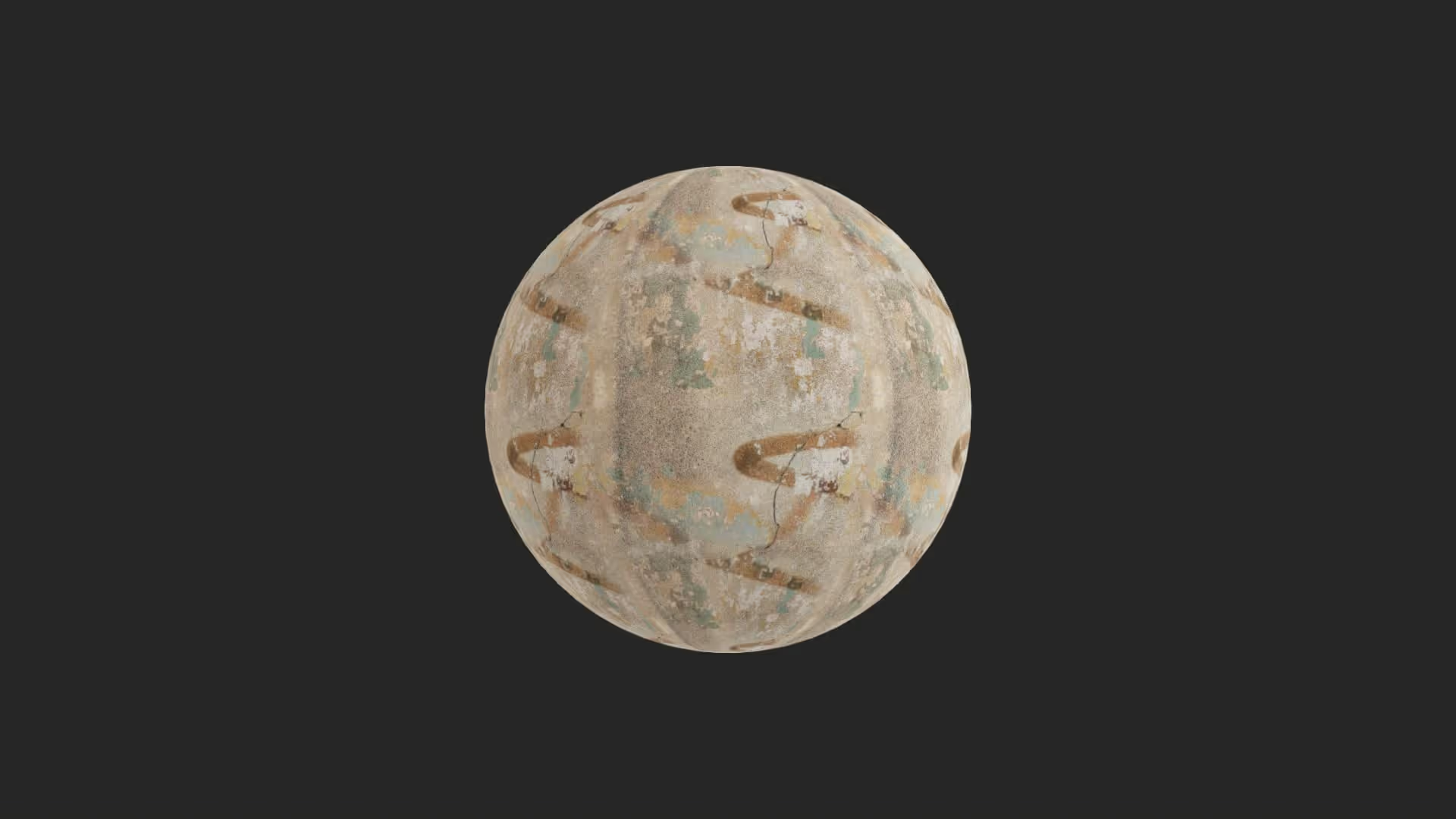





.avif)

.avif)
.avif)
